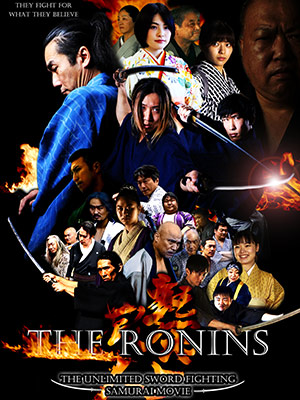The history of Menuma Shodenzan Temple dates back to 1179 when Saito Sanemori, the lord of Kumagaya, enshrined the Deified Spirit Shoden, the main object of worship venerated from generation to generation, at the temple. Sanemori was one of the very famous Samurai who appears many history books such as Tale of Heike, the story of Genpei and Kabuki. His 2nd Son Sanenaga became the priest and established Kangiin Temple.
Shoden's principal image was officially named "Great Sage kangiten" and is worshipped in Japan also after Saint Kobo, the founder of the founder of the Shingon Sect of Buddhism together with esoteric Buddhism. Shoden is embraced as a god of good fortune and protector against misfortune.
The deified spirit of Shoden in Menuma is known as one of the three great deified spirits of Shoden in Japan and is especially renewed for divine efficacy in matchmaking. The deified spirit of Shoden is known for making all good matches such as family health and safety, business prosperity, warding off of misfortune, good fortune, traffic safety and success in school examinations, to say nothing of strengthening the bonds of married couples, Shodenzan Temple is visited by many people who offer prayers.
Carvings on Furring Wood Sidings of the Inner Hall (National Treasure)
All the carvings of the inner hall are elaborately engraved. The carvings on the furring wood sidings on the rear of the inner hall depicting ancient rites and practices of China are particularly magnificent. The carvings are rich in emotion depicting the "Seven Deities of Good Fortune and Play by Chinese Children" and other objects. The carvings remind us of the grace of the Azuchi-Momoyama period (1568 to 1600). Started in 2003, the works to repair and preserve the entire main building, which is designated by the State as a national cultural treasure, were completed in 2010, resurrecting the original form when it was first built.
Egal and Monkey
Designed by Hidari Jingoro.
Kisomon Gate
Cunstructed in 1851. Important historical asset.
Spring Taisai: April 18 to 19
Autumn Taisai: October 18 to 19.
Fire walking monk happens 2nd day of Taisai.
Official Web : http://www.ksky.ne.jp/~shouden/








